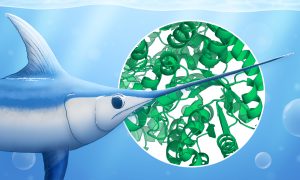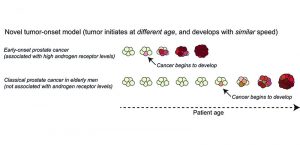19 June 2024

EMBL Hamburg scientists and collaborators discovered a new molecular mechanism in which an unstructured protein disables one of the main cancer-promoting proteins by gluing them into an elongated stack. Data from human patient samples support the role of this mechanism in prostate cancer…
SCIENCE & TECHNOLOGY
6 September 2023

Learn how scientists use bio-SAXS, an experimental X-ray technique, to study the shape and dynamics of proteins and other biomolecules. SAXS can be even used to analyse the structure of mineral particles in the swordfish sword bone, which can help scientists better understand bone ageing.
SCIENCE & TECHNOLOGY
2023
sciencescience-technology
10 May 2023

EMBL Hamburg scientists have contributed to the development of the Spitrobot, a ground-breaking experimental setup that will simplify creating molecular movies. The Spitrobot automates the sample preparation for time-resolved crystallography, which is used to create 3D snapshots of protein…
SCIENCE & TECHNOLOGY
2023
sciencescience-technology
11 February 2013

While prostate cancer is the most common cancer in elderly Western men it also, but more rarely, strikes patients aged between 35 and 50. Scientists at the European Molecular Biology Laboratory (EMBL) in Heidelberg, Germany, in collaboration with several other research teams in Germany*, have…
SCIENCE & TECHNOLOGY
2013
sciencescience-technology



